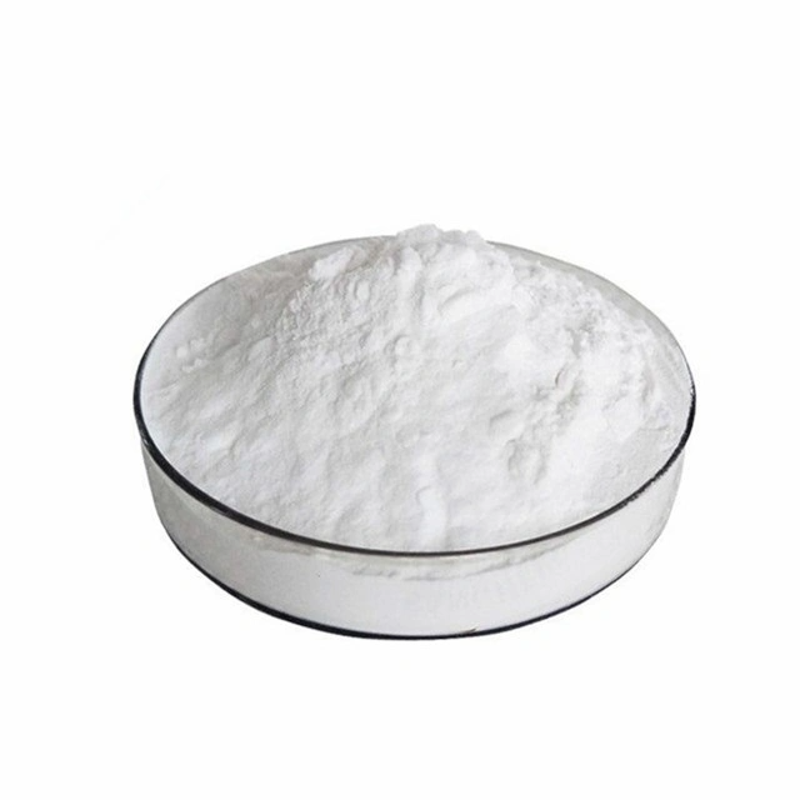-
Categories
-
Pharmaceutical Intermediates
-
Active Pharmaceutical Ingredients
-
Food Additives
- Industrial Coatings
- Agrochemicals
- Dyes and Pigments
- Surfactant
- Flavors and Fragrances
- Chemical Reagents
- Catalyst and Auxiliary
- Natural Products
- Inorganic Chemistry
-
Organic Chemistry
-
Biochemical Engineering
- Analytical Chemistry
- Cosmetic Ingredient
-
Pharmaceutical Intermediates
Promotion
ECHEMI Mall
Wholesale
Weekly Price
Exhibition
News
-
Trade Service
Ref: Senders JT, et alCurry2018 Aug 1;83 (2): 181-192doi: 10.1093/neuros/nyx384."artificial intelligence (aI) is a science for research and development of theories, methods, technologies, and applications used to simulate, extend, and extend human intelligenceMachine learning (MACHINE learning, ML) is an important branch of the study of how computers simulate or implement human learning behavior to acquire new knowledge or skills, organize existing knowledge structures and continuously improve their performanceIn recent years, machine learning methods have unwittingly spread to every aspect of everyday life, including spam filtering, search and online shopping advice, and smartphone speech recognitionArtificial intelligence is rapidly entering the field of medicine through machine learning technology, which can be used in the diagnosis and prognosis of clinical diseases, etcmachine learning methods can generally be divided into supervised learning method, unsupervised learning method and intensive learning method; Supervised learning refers to training with tagged data (labelled data) to predict new data types or valuesUnsupervised learning means that data does not need to be tagged in advance for clustering analysis directlyin the clinical practice of neurosurgery, machine learning can even imitate the learning behavior of medical experts through various testsThe complex medical model of neurosurgery also provides a wealth of data types and quantities for machine learning modelingto compare the performance of machine learning and clinical experts in the practical work of neurosurgery, gain insight into the state of machine learning and its potential to improve clinical decision-making, and further discuss the obstacles that occur when creating and validating machine learning models in clinical practice, and a systematic review of previous research results by U.Sand Dutch scientists, Joeky TSenders of Neurosurgery, Aresearchers systematically searched the PubMed and Embase databases for research literature comparing the performance of various types of machine learning methods with those of neurosurgical clinical experts by August 2016Extract published year, disease status, specific application, machine learning model use, input characteristics, training area size, verification method, test equipment size, clinical specialist specialty, clinical expert level, calibrated real data, statistical analysis, machine learning and clinical expert performance, and statistical differences in performance included 23 studies using machine learning methods for diagnosis, preoperative planning and resultprediction through search and screening Compared to clinical experts, the absolute median accuracy of the machine learning model increased by 13% and the area under the ROC curve increased by 0.14 Of the 50 cases with P-values, 29 (58%) of machine learning models performed significantly better than clinical experts In 18 cases (36%) the performance of the machine learning model was not significantly different from that of the experts, and 3 cases (6%) of clinical experts performed significantly better than the machine learning model In addition, all studies have shown that the combination of machine models and clinical expert groups was significantly better than that of a single group of clinicians the authors conclude that artificial intelligence can help improve clinicians' decision-making ability in the diagnosis of neurosurgical diseases, preoperative planning and prognosis prediction However, the application of machine learning in clinical practice is facing great obstacles The author thinks that it is the key to overcome the obstacles to transform the relationship between human situor and robot competition into cooperative cooperation in the inherent concept (Ruijin Hospital, affiliated with Shanghai Jiaotong University School of Medicine
Coka compiled, Professor Wang Zhiqiu , of Huashan Hospital, Fudan University, and editor-in-chief of "Outside Information", Professor Chen Jicheng , a subsidiary of Fudan University, related links







